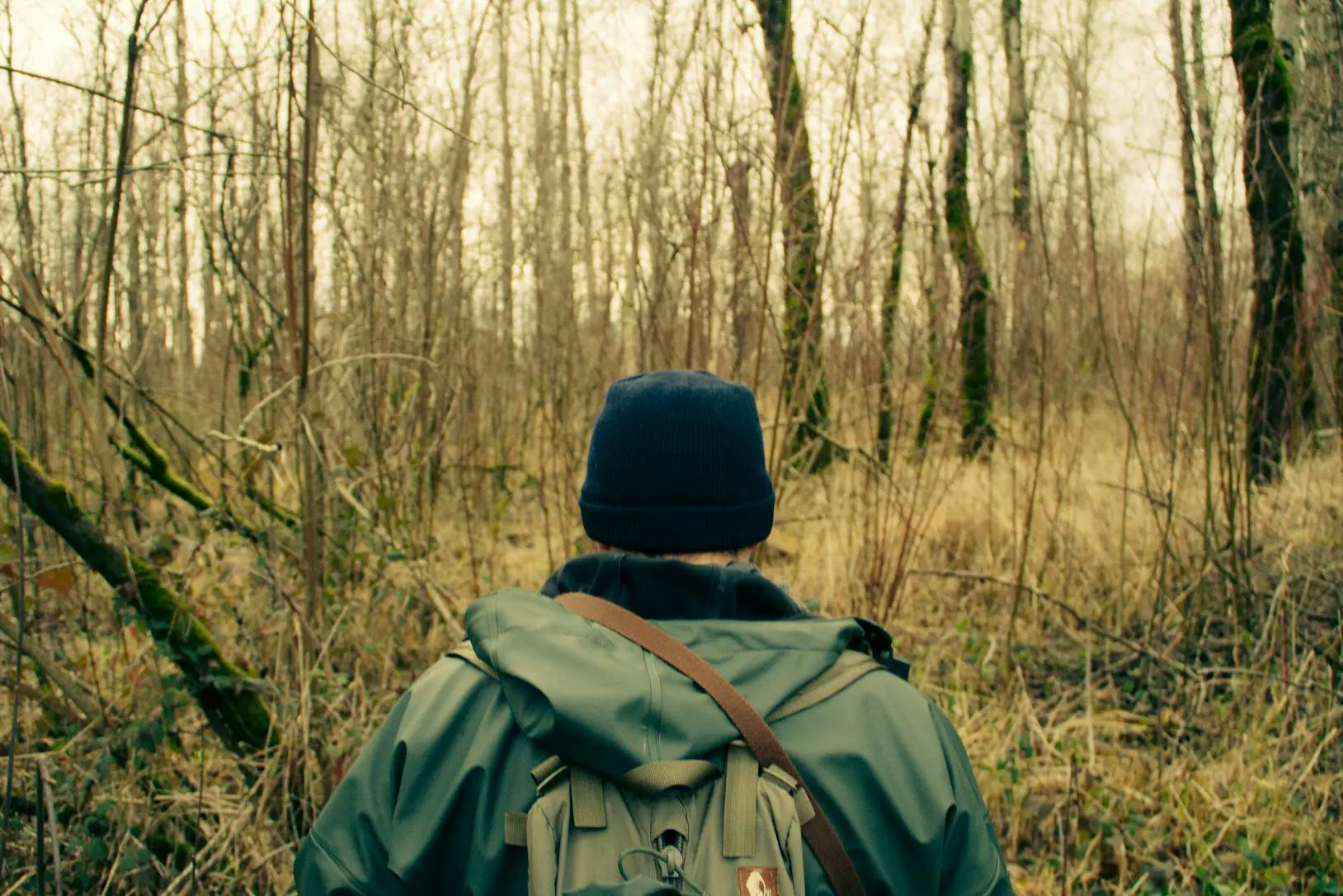Venomous Snake Bites: Identifying and Responding
- Published on
Venomous Snake Bites: Identifying and Responding
Survivalists, preppers, and outdoor enthusiasts all share a common risk when venturing into the great outdoors: encountering venomous snakes. While encountering a venomous snake can be a daunting experience, understanding how to identify and respond to a venomous snake bite is crucial knowledge for anyone spending time in snake-inhabited areas.
Identifying Venomous Snakes
When it comes to identifying venomous snakes, it's important to be familiar with the species native to the region you are exploring. In North America, for example, common venomous snakes include the rattlesnake, copperhead, cottonmouth, and coral snake. Each of these snakes has distinct physical characteristics that can help in identification.
Rattlesnakes
Rattlesnakes are recognizable by their distinctive rattle at the end of their tail and triangular-shaped heads. They are found in a variety of habitats, from forests to deserts, and their venom can cause serious harm if not treated promptly.
Copperheads
Copperheads, named for their copper-colored heads, are commonly found in wooded or rocky areas. Their bites can be painful and potentially life-threatening if not treated.
Cottonmouths
Also known as water moccasins, cottonmouths are found in and around bodies of water in the southeastern United States. They are identifiable by their dark coloration and the white interior of their mouths, which they expose when feeling threatened.
Coral Snakes
Coral snakes are characterized by their vibrant bands of red, yellow, and black. While coral snakes are reclusive and not aggressive, their venom can be extremely potent, making identification crucial in order to avoid potential bites.
Remember, proper identification of venomous snakes is essential in order to respond effectively to a potential bite. If you are unsure about the species you’ve encountered, it's best to err on the side of caution and treat it as venomous.
Responding to a Venomous Snake Bite
In the event of a venomous snake bite, taking swift and appropriate action can make a significant difference in the outcome. Here are the key steps to follow:
1. Stay Calm
If bitten by a venomous snake, it's important to stay as calm as possible. Panicking can elevate your heart rate, causing the venom to spread more quickly through your system.
2. Seek Medical Help Immediately
Regardless of the type of snake that bit you, seeking medical help is crucial. Call emergency services or get to the nearest hospital as quickly as possible. Time is of the essence when dealing with venomous snake bites.
3. Keep the Bite Below Heart Level
If the bite is on an arm or leg, keep it immobilized and positioned below heart level to slow the spread of venom through the lymphatic system.
4. Remove Constricting Clothing or Jewelry
If possible, remove any constricting clothing or jewelry near the bite site. Swelling is a common reaction to venomous snake bites, and constricting items can exacerbate the issue.
5. Do Not Try to Suck out the Venom
Contrary to popular belief, attempting to suck out the venom with your mouth is not an effective response to a snake bite. It can introduce bacteria from your mouth into the wound and cause further complications.
6. Do Not Apply a Tourniquet
Similarly, applying a tourniquet is not recommended, as it can lead to further tissue damage without effectively preventing the spread of venom.
7. Monitor Vital Signs
While awaiting medical help, monitor the individual's vital signs and be prepared to administer CPR if necessary.
8. Provide Relevant Information to Healthcare Professionals
Once medical help is obtained, be prepared to provide information about the snake, if it was identified, and the time of the bite. However, never attempt to capture or kill the snake for identification purposes, as this can result in further bites and complications.
9. Antivenom Treatment
Depending on the snake species and the severity of the bite, healthcare professionals may administer antivenom. It's crucial to follow their guidance and complete the full course of treatment, including any follow-up care.
Prevention is Key
While knowing how to respond to a snake bite is essential, prevention is the most effective strategy when it comes to dealing with venomous snakes. Here are some proactive measures to minimize the risk of encountering venomous snakes:
-
Wear Appropriate Footwear: When hiking or camping in areas known to be inhabited by venomous snakes, wear sturdy, closed-toe shoes or boots to protect your feet and ankles.
-
Use Caution in High-Risk Areas: Be vigilant when walking through tall grass, underbrush, or around rocky areas where snakes may be hiding.
-
Stay Alert and Be Mindful of your Surroundings: Keeping a keen eye on the ground and surrounding vegetation can help you spot snakes before an encounter occurs.
-
Carry a Snake Bite Kit: Consider carrying a snake bite kit designed for emergency use in the wilderness. While not a substitute for professional medical care, these kits can provide some essential tools for initial snake bite treatment.
By being mindful of your surroundings and taking proactive measures, you can reduce the likelihood of encountering venomous snakes and minimize the risk of a snake bite.
In conclusion, encountering a venomous snake can be a frightening experience, but with the right knowledge and preparation, you can effectively identify and respond to a venomous snake bite. By staying calm, seeking immediate medical attention, and taking preventive measures, you can mitigate the risks associated with venomous snakes and enjoy the great outdoors with greater peace of mind.
Remember, when it comes to venomous snake bites, being informed and prepared can make all the difference.
To learn more about identifying and responding to venomous snake bites, visit The American Red Cross.
For information on top-rated snake bite kits, check out REI.



